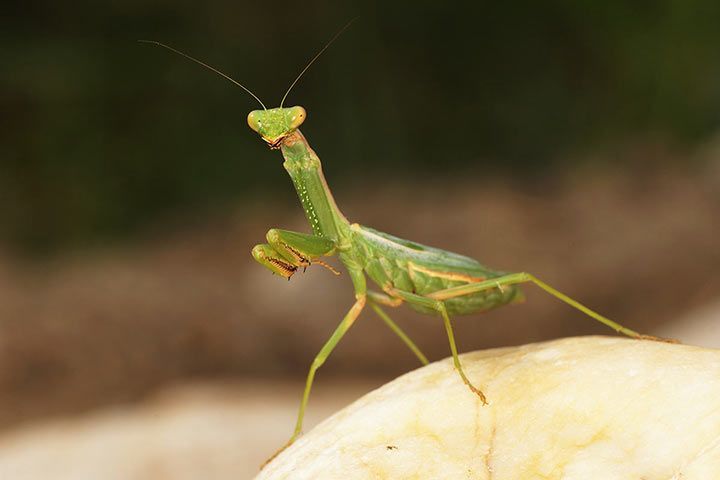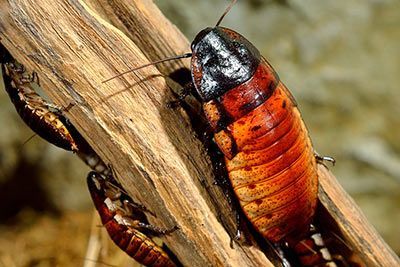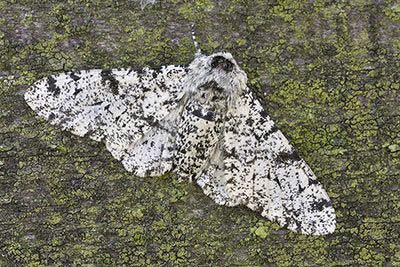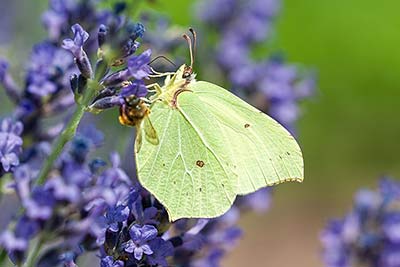Praying Mantis
Praying Mantis Facts
| Size | 1.5-3 in (4-8 cm); largest up to 6.2 in (16 cm) |
| Speed | Unknown |
| Weight | Unknown |
| Lifespan | 8-10 months |
| Food | Insects, frogs, snakes, lizards |
| Predators | Birds, mammals, lizards |
| Habitat | South-East Asia; the Tropics, the Sub-Tropics |
| Order | Mantis |
| Scientific name | Mantodea |
| Characteristics | Both front legs are muscular catching legs |
Main Characteristics
The praying mantis got its name because it often hold its hands together as if it were praying. There are more than 2,400 different species. In Germany the best known is the European praying mantis, because it’s on the red list of endangered animals and strictly protected. They are mostly brown to green as their coloring suits their surroundings.
Anatomy and Appearance
The Praying Mantis Can Turn its Head 180 Degrees
The praying mantis is unique in the insect world because it can turn its head 180 degrees. Apart from the snakefly and mantid lacewing, no other insect can do this.
The Praying Mantis Has Only One Ear
The praying mantis’ eyes sit on its triangular head. They can see for up to 66 feet (20 meters). But where are its ears? First of all, the praying mantis only has one ear. And it’s not on its head, but on its belly. As it only has one ear, it can’t tell which direction a noise is coming from. But some praying mantises can hear ultrasound - like bats. That’s how they’re so good at catching them.
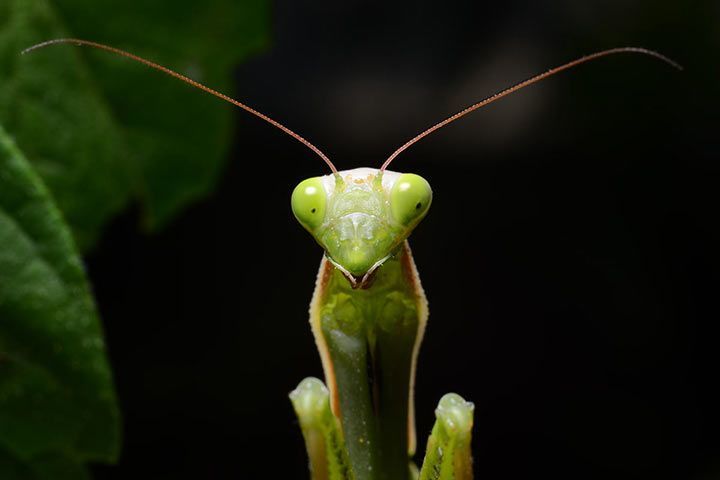
Enemies and Threats
What Are the Enemies of the Praying Mantis?
Bats love snacking on praying mantises - and they don’t even bother to stop flying. But the insect has a trick that often saves its life: it falls to the floor in a spiral pattern. The bat can’t react fast enough and snaps at empty air.
Fun Facts
Kung Fu Style
“Praying mantis” is a famous fighting style. By the way: the cartoon “Kung Fu Panda” features a praying mantis called Mantis.
The Praying Mantis is Related to the Cockroach
Ew! Praying mantises are related to cockroaches and termites. Biologists believe that they evolved from a common ancestor.
The Praying Mantis Is a Prophet
The scientific name mantodea is based on the old Greek “mantis” for “prophet” and “eidos” for “type” or “species”.
From here you find infos written by animalfunfacts fan Sarah R.!
Senses and Abilities
 The Praying Mantis Is a Master of Disguise
The Praying Mantis Is a Master of Disguise
The praying mantis disguises itself as flower, limp leaf, grass or branch to hide from its predators and prey. If it is spotted by a predator, it spreads its wings to look bigger and more threatening.
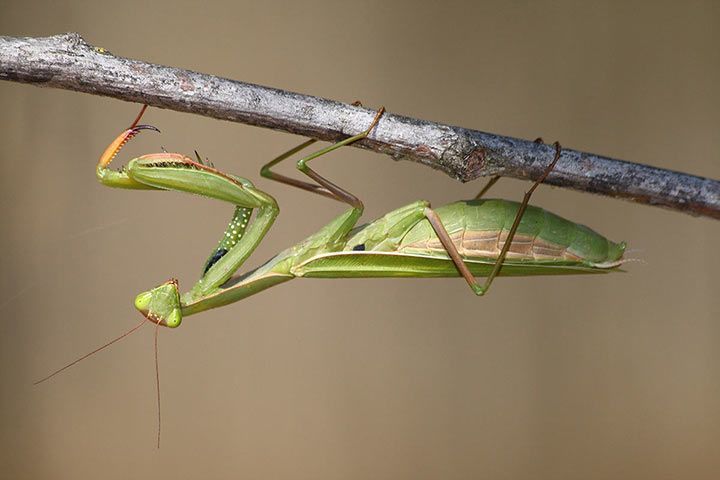
Behavior
What Does the Praying Mantis Eat?
The praying mantis mostly eats insects such as beetles, butterflies or grasshoppers. Some of the larger kinds also eat small frogs, lizards, snakes, small birds and mice.
How Does the Praying Mantis Hunt?
Sometimes, they just wait in the bushes waiting for prey. If they find something to eat, they attack with their front legs at lightning speed and start eating straight away. They attack their prey at speeds of up to 230 feet/second (70 meters/second)!
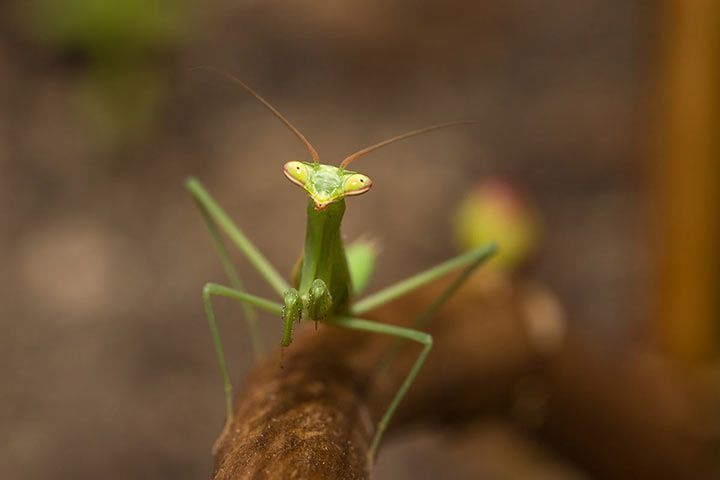
Reproduction
Praying mantis reproduction is the reason why these insects have become so famous. It is very common that the female will eat the male during or after mating. Around a week after mating, the female praying mantis lays an ootheca, an egg case from which around 100 larvae will hatch after a couple of weeks. This ootheca looks a little like a cocoon.
Evolution
The Praying Mantis is a Prehistoric Animal
Praying mantises have existed for more than 300 million years. This makes them older than the dinosaurs.
These facts were submitted by animalfunfacts.net fan Sarah R. Thanks! Do you want to write a fan fact sheet?
- Find Out More:
- Cicada Facts
- Ghost Insect Facts
- Walking Leaf Facts
Praying mantises can be kept as pets! Visit to our pet section for a detailed pet profile for the praying mantis!
